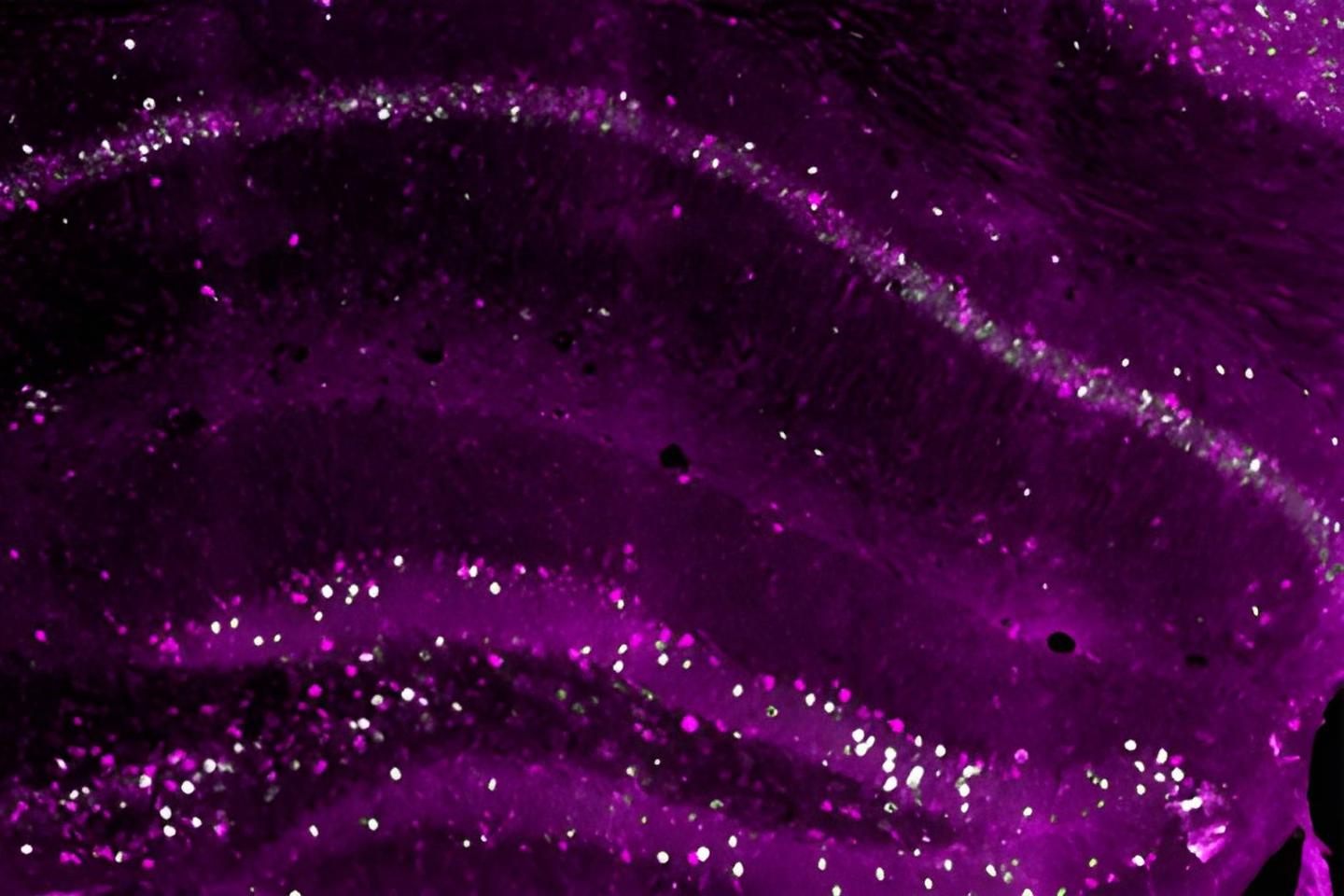Like a computer system with built-in redundancies, a study has revealed that brains use three different sets of neurons to store a single memory. The finding could one day help soften painful memories in people who’ve suffered trauma.
By imaging the brains of mice, researchers at the University of Basel’s Biozentrum, were able to watch what happens when a new memory is formed. What they found was that the rodent brains called three different sets of neurons into action to record the memory. The first are known as early-born neurons and are the earliest to develop as a fetus is growing. At the other end of the spectrum are the late-born neurons, which show up late in embryonic development. Between these are neurons that form somewhere right in the middle of growth in the womb.
The imaging study revealed that when the new memory is stored in the early-born neurons, it is initially hard to retrieve, but it becomes stronger as time goes on.
The copy of the memory stored in the late-born neurons, on the other hand, was very strong to start, but faded over time to the point that it eventually became inaccessible by the brain. In the middle, the memory copy showed a higher degree of stability than with either of the other neuronal groups.

University of Basel, Biozentrum
“The challenge the brain faces with memory is quite impressive,” says Flavio Donato, who is the head of the research group at the Biozentrum. “On one hand, it must remember what happened in the past, to help us make sense of the world we live in. On the other, it needs to adapt to changes happening all around us, and so must our memories, to help us make appropriate choices for our future.”
With their new understanding, the researchers were able to look more deeply at how memories are formed and accessed. It’s important to mention here that although the study was conducted on mice, their brains are often used in neuroscience as a proxy to our own because they have 75 different cell types in their cortex, which is the same as humans. Still the results at this point are mouse-specific.
That being said, the researchers feel that their work could have implications for treating people who’ve been damaged by a traumatic event. That’s because they say their work shows how it might be able to change memories in the brain. For example, if a memory is fresh, meaning that the late-born neurons are activated, it could still be changed before getting passed along to the middle and early-born neurons for storage. Once the late-born neurons are activated though, and the memory is stored there, it becomes increasingly difficult to modify. Basically, the longer a memory has been stored in the brain the harder it is to change it.
“How dynamically memories are stored in the brain is proof of the brain’s plasticity, which underpins its enormous memory capacity,” says the study’s first author Vilde Kveim.
Understanding this plasticity through work conducted by Kveim and his team could one day help scientists understand how to help people access memories they thought lost forever, or to quiet painful memories that intrude on daily life in a pathological way.
The team’s work has been published in the journal Science.
Source: University of Basel
Source of Article